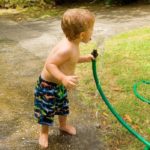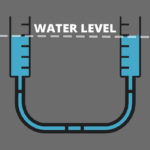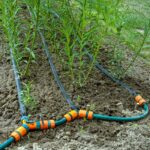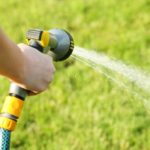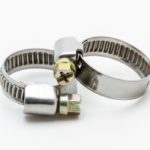Summer is the perfect time to head outdoors with friends and family to relax and enjoy the sunshine. However, there are times when the sun is beating down and you get quite thirsty. The nearest source of water might be your garden hose. As appealing and convenient as the hose might seem, it’s important to consider whether it’s safe to drink water out of a hose.
Hoses aren’t designed to deliver potable water, and may effect water quality by leeching toxic chemicals from the hose into the water, not to mention the potential presence of dirt and bacteria. You can add a hose filter to make the water drinkable for people and pets.
Let’s take a look at the effects of hose water on the human body. We’ll also discuss ways to make hose water safer for consumption so that you can stay healthy and hydrated through the summer months.
Why Is Drinking From a Hose Bad?
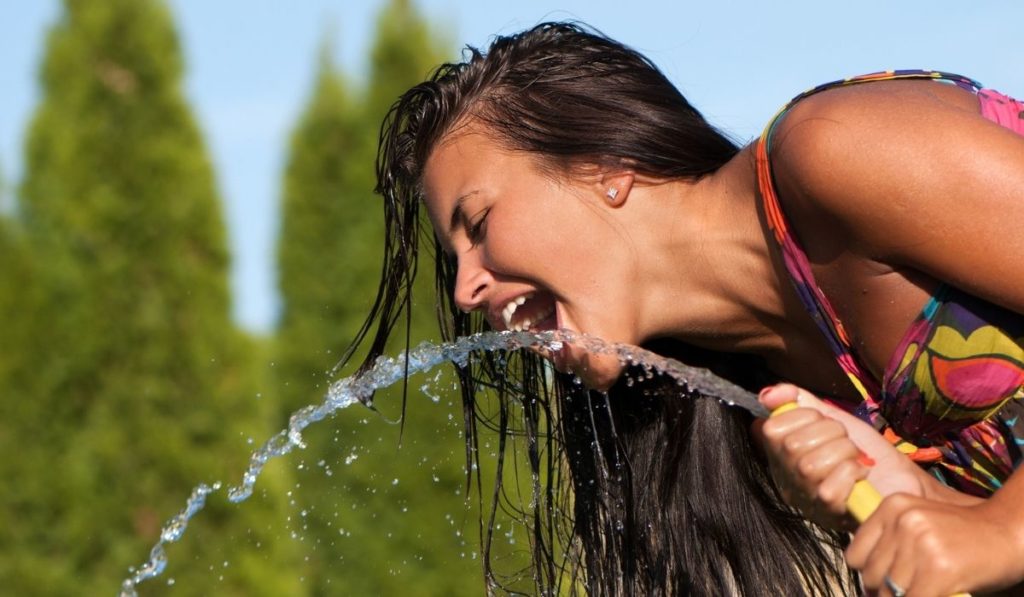
To fully understand why drinking hose water is a bad idea, it’s important to first bear in mind that hoses, unlike the plumbing pipes in our homes, were not designed to provide safe and clean drinking water. We’ll talk more about filters, but just the fact that there’s a market for hose filters like this one (on Amazon) is a pretty good signal that you might want to consider filtering hose water before consuming. Why is this?
The water found in our homes and in hoses is essentially the same, at least when it starts out. What distinguishes the two water sources is how the water is carried and delivered. The major purpose of the pipes and fittings in the home is to carry and deliver clean drinking water, and as such, they were designed to achieve that purpose.
Hoses are harmful to the human body because they contain many toxic chemicals, such as antimony, bromine, lead, organotin, BPA (bisphenol A), and Phthalates. Antimony and bromine are categorized as flame retardant chemicals. Hoses use lead, BPA, and Phthalates to stabilize the plastics.
The national institute of Health and the FDA are concerned about BPA’s effect on fetuses, infants, and young children’s brains, prostate glands, and behavior. The level of BPA found in hose water is 20 times more than that of safe drinking water.
In a study conducted by the ecology center in Ann Arbor, Michigan, it was found that in every hose tested, the level of lead exceeded the safety limits set by the Safe Water Drinking Act. Several plasticizers currently banned in children’s products were also discovered in all the tested hoses.
Antimony is also linked to kidney, liver, and other organ damage. It was found in about half of the hoses that were tested. Organotin, which was found in about one-third of the tested hoses, disrupts the endocrine system.
Hoses were selected at random, and high levels of Phthalates were found in them. Phthalates can damage the endocrine system and are linked to a number of diseases.
Is Hose Water Safe for Dogs or Other Pets?
Hose water is a very convenient means of bathing dogs, filing their outdoor bowls, and playing with them. However, it’s important to note that contaminants and toxic materials in hose water don’t discriminate between animals and humans.
As such, it has the same effect on both dogs and humans. Hose water is not safe for dogs.
How to Make Hose Water Safer
Hose water is not safe for drinking, and it’s not safe for your pets or produce. However, some tips can help reduce the risk of getting sick from hose water. The tips include the following:
Keep your hose in a dark, cool place away from the sun
This is because the combination of sunlight and warm temperatures can increase the rate at which the polymer degrades, and this, in turn, can cause the chemicals to leak into the water. In contrast, keeping your hose in a dark, cool spot away from the sun helps to slow down the process of degradation.
Allow the water to run for a few minutes before use
Before you use hose water on your plants or fill your pool, it’s important to allow it to run off for a few minutes. This will flush the hose, thereby reducing the toxins in it before you use it. It’s not good to leave water sitting in a hose for hours.
Buy a safer hose
You can also opt for much safer natural rubber hoses. Natural hoses are unlike the traditional ones as they don’t contain plasticizers or toxins.Hoses with low environmental impact are relatively safer for drinking water.
Ensure you read through the product description thoroughly before purchasing a hose.
Consider the fixtures
Most outdoor fixtures are manufactured with brass. Brass is a metal that isn’t regulated and contains lead. This implies that your outdoor fixtures aren’t safe for drinking water as there could be heavy metal contamination.
Keep the fixtures in mind and ensure you change them regularly to make hose water safer.
How To Filter Hose Water
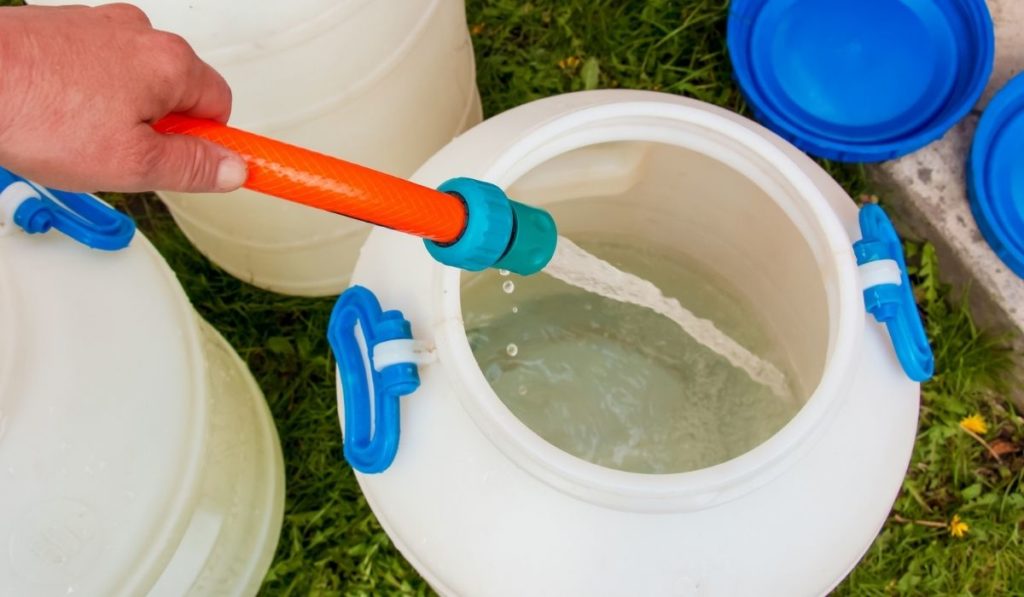
Although hose water is not typically filtered, it can be filtered to deliver clean and safe water for pets, watering gardens, and washing cars. An inline water filter or garden hose filter can be used to filter hose water. We recommend the Camco TastePure Water Filter (on Amazon).
The benefits of filtering hose water are enormous. Such benefits include:
It makes hose water safer for washing cars
Hose water is high in minerals. These minerals can eat at paint, thereby causing damage to the car. A hose filter will first remove the hard water minerals, making it soft water. With a filter, the chances of experiencing mineral stains or streaks when washing your car are lower.
It makes hose water safe for pets
Unfiltered hose water essentially contains germs and parasites that are harmful to farm animals and pets. Making use of hose water filters will help remove these parasites and germs, thereby making the water safer for pets and other animals.
It protects your plants
Generally, hose water is frequently used on garden plants. However, unfiltered hose water can cause more harm than good to your plants due to the harmful contaminants that is often contains. A hose water filter helps to remove these harmful contaminants, thereby protecting the overall plant health.
It makes hot tub baths more enjoyable
When hot tubs are filled with hose water, there is a tendency for mineral deposits to build up in the pump and for hot tub shells to get scratched from the sediments. Heating the water and its chemicals also poses a risk to you when you take a soak and breathe them in.
When you filter the water with hose water each time you make a change, it will help remove all the impurities and sediments, making the overall hot tub soak enjoyable.

